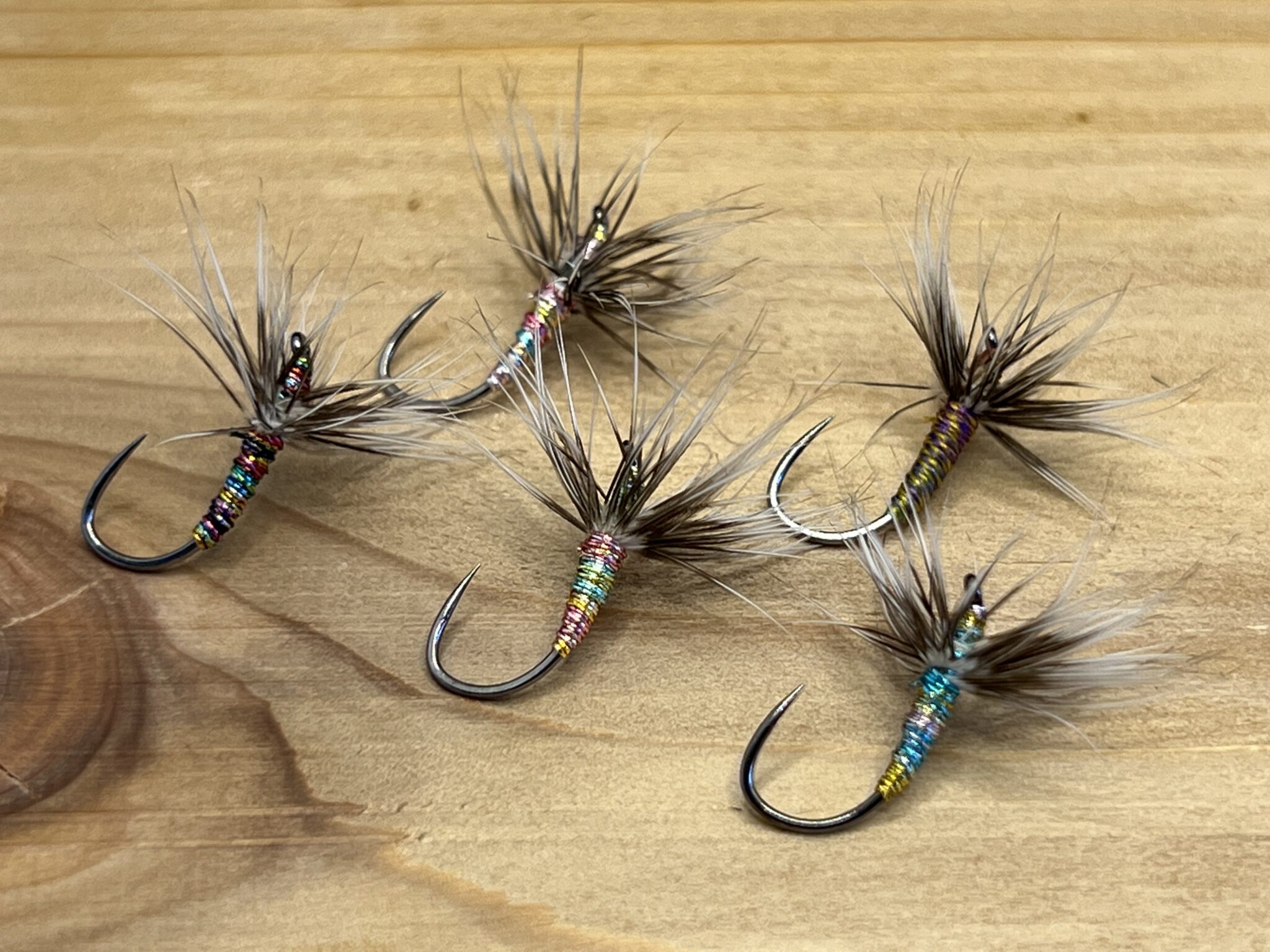
One of the drawers in my fly tying desk is labelled “Special Threads”. It’s an eclectic collection of top-secret oddball spools I’ve collected over the years and also where I keep any specialty threads such as silk, Kevlar, 17/0 Trico thread, etc..
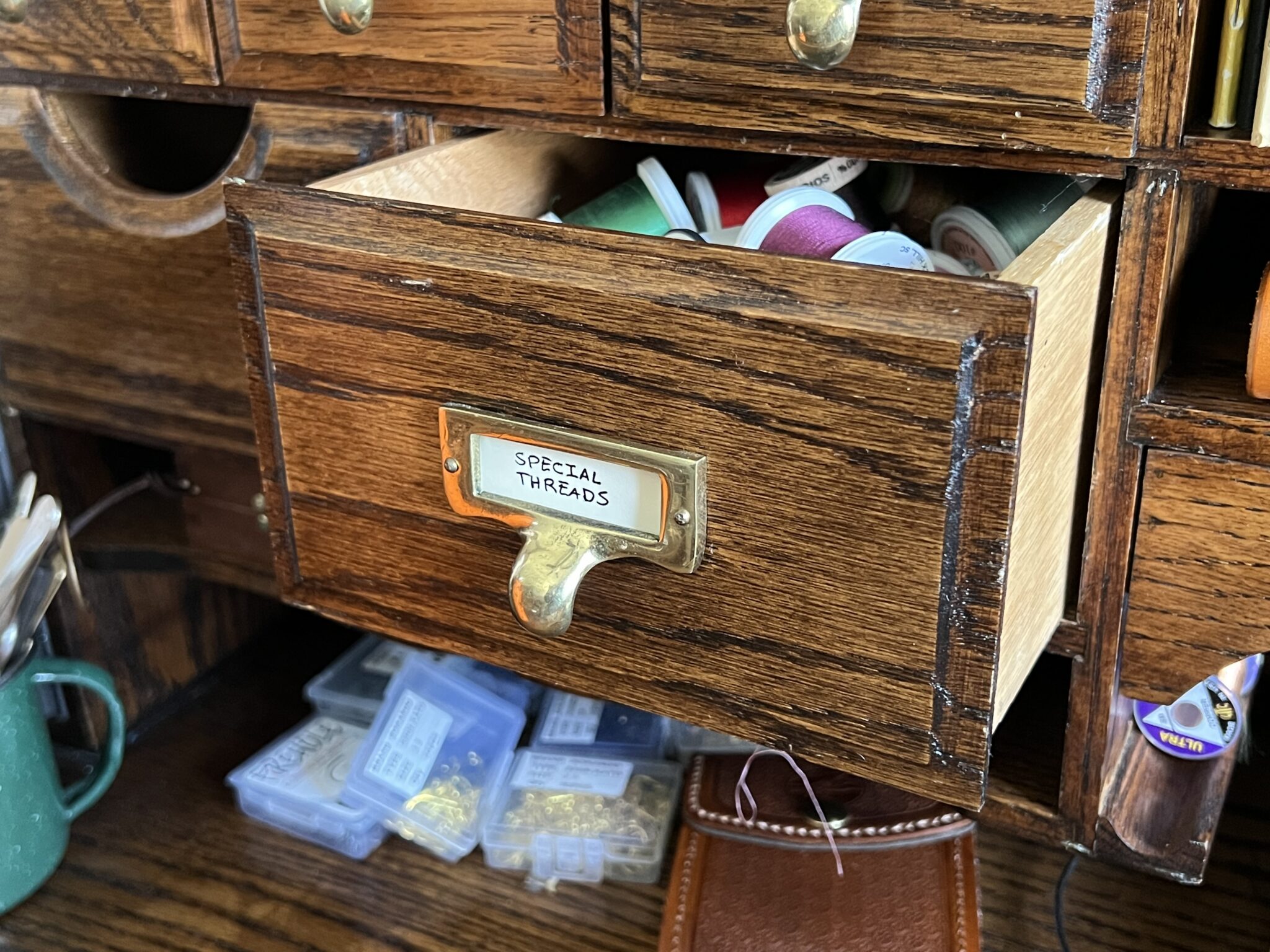
I consider this my “inspiration” drawer because I like to rummage through it from time to time and see if it sparks any new ideas.
But there’s this one spool in particular that I’m always drawn to and is responsible for why I’m fond of using embroidery thread for tenkara flies.
The “Magic Thread”
I can’t remember where I got it but it was years ago in some local sewing shop. There’s no name to identify the color, but it’s a rainbow of gold, red, purple, and green. I originally bought it for midges but it turned out to be a great color for bodies on sakasa kebari. I tied a few and they worked! And that led me to pursue trying other colors.
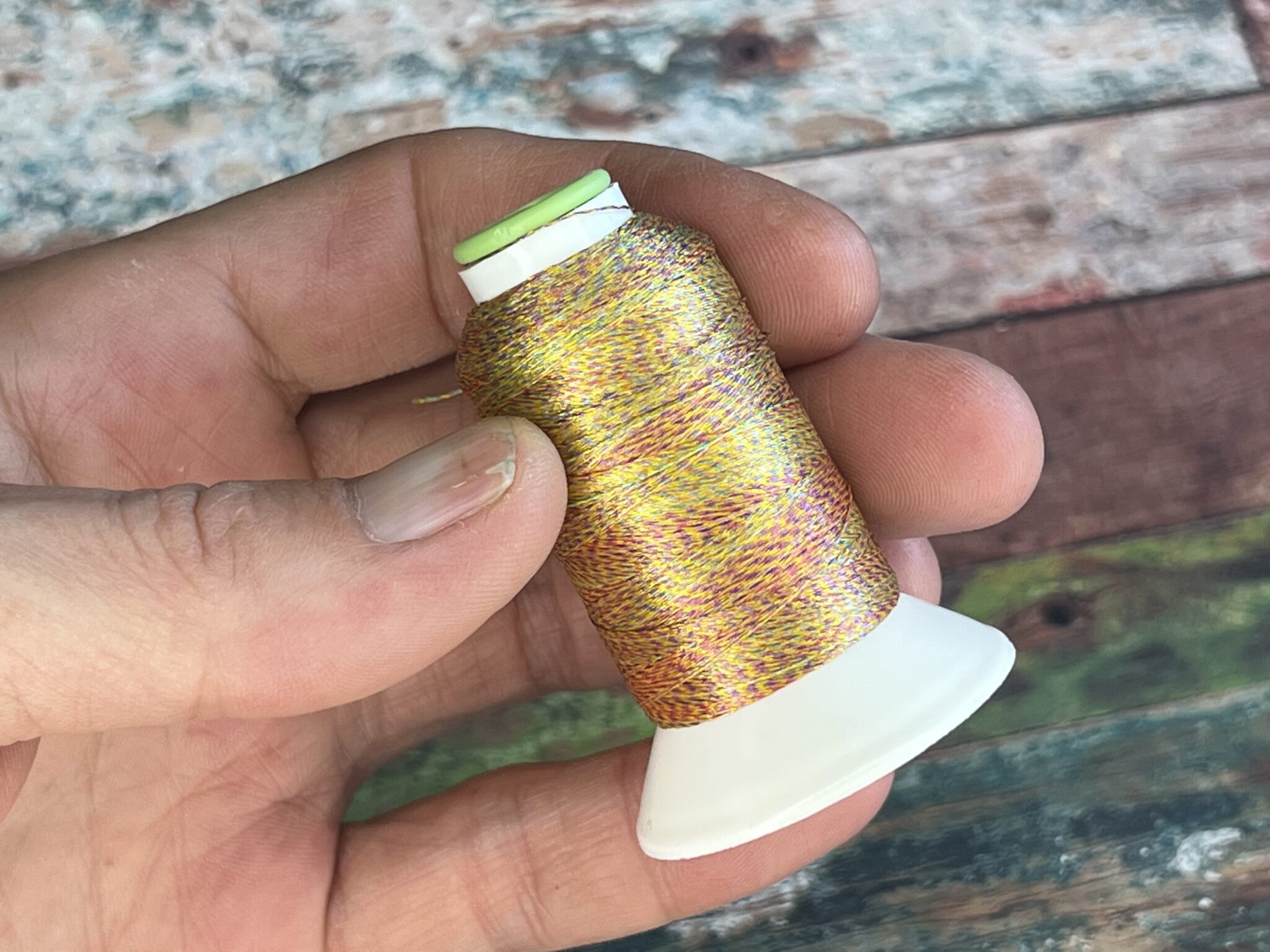
I called it “magic” not only because it has a mesmerizing sheen to it, but also because no two flies you tie with it will ever be the same. Since the color changes every few centimeters, the mix of colors on each finished fly is totally unique!
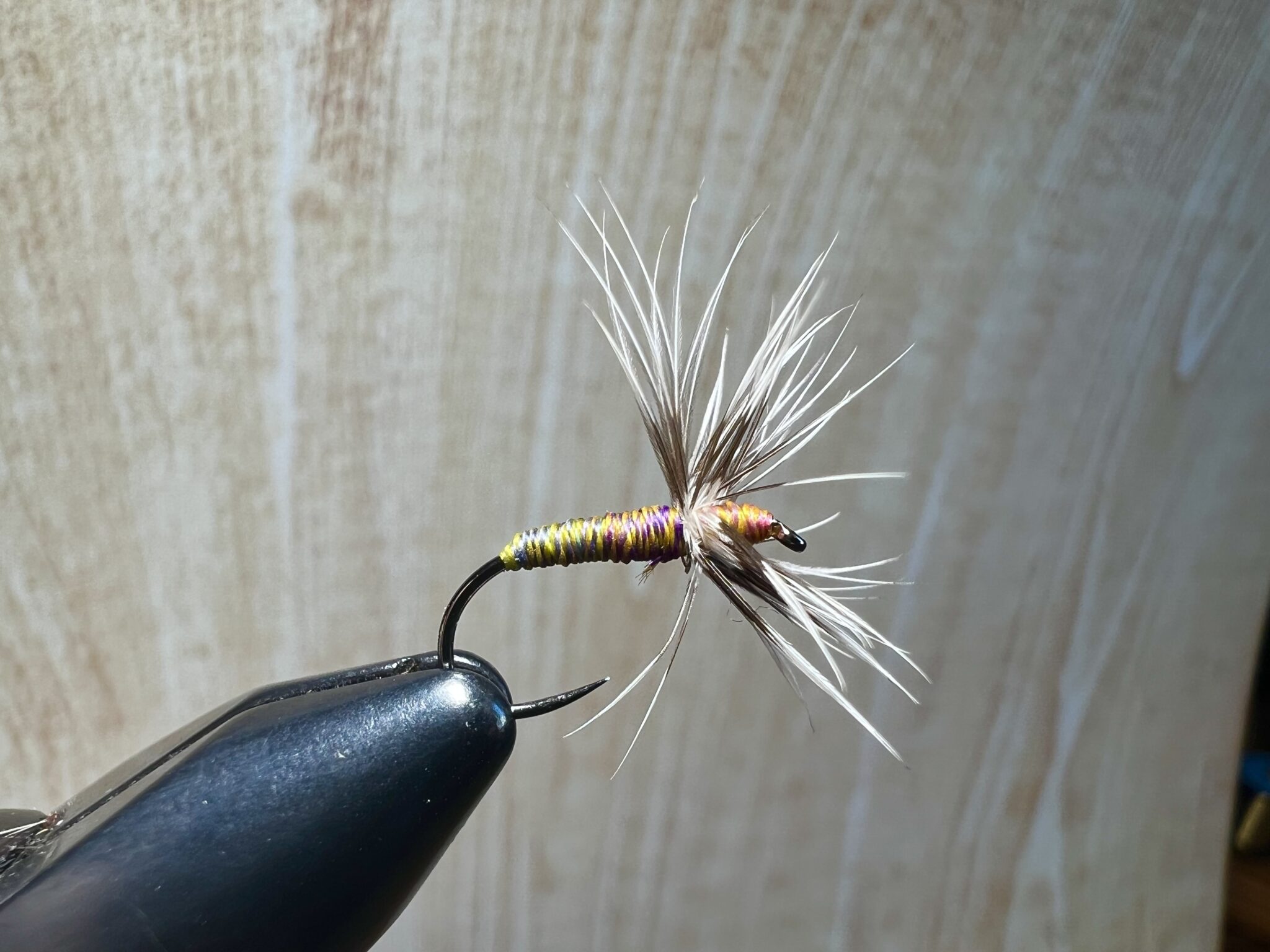
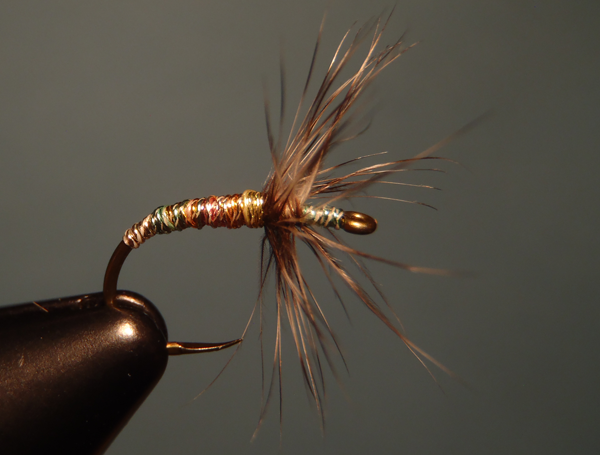
The “Technicolor Dream Kebari”, 2010 by Jason Klass
In fact, I just remembered that at one point, I tied a fly with this thread and called it the “Technicolor Dream Kebari“. 🙂
That fly was a killer on the cutthroats in Rocky Mountain National Park and now that I look at it again, I’m convinced I should tie some more.
Like some of my other flies, this isn’t s specific pattern with prescribed colors. It’s a template: just a variegated or metallic embroidery thread and hackle tied sakasa stye. This gives the tyer a lot of creative freedom to experiment with different colors and hackle combinations.
Embroidery Thread Tenkara Fly Pattern
Hook: Tyer’s choice
Thread: Metallic or variegated embroidery thread
Hackle: Tyer’s choice (see notes below)
Body: Same as thread
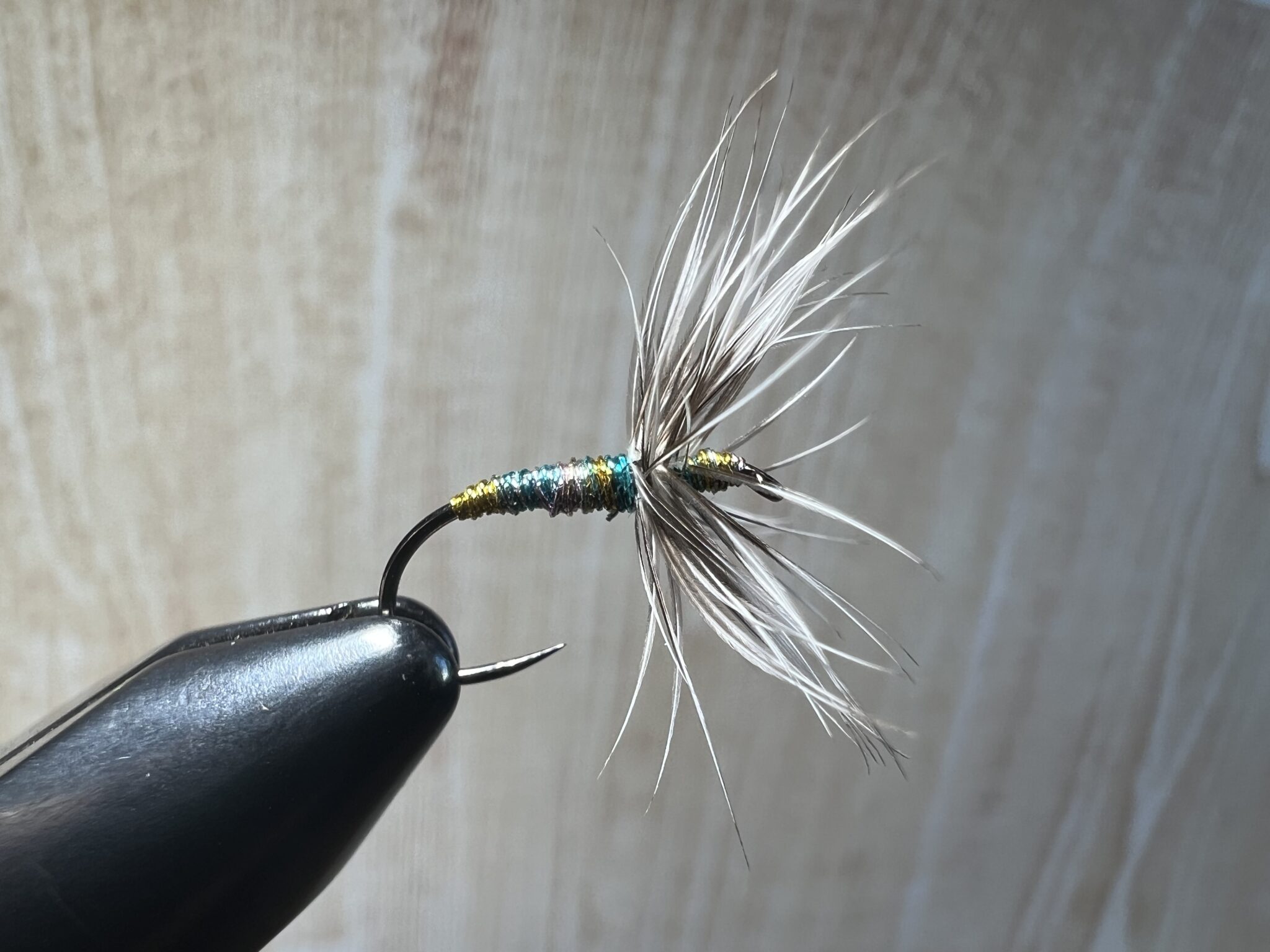
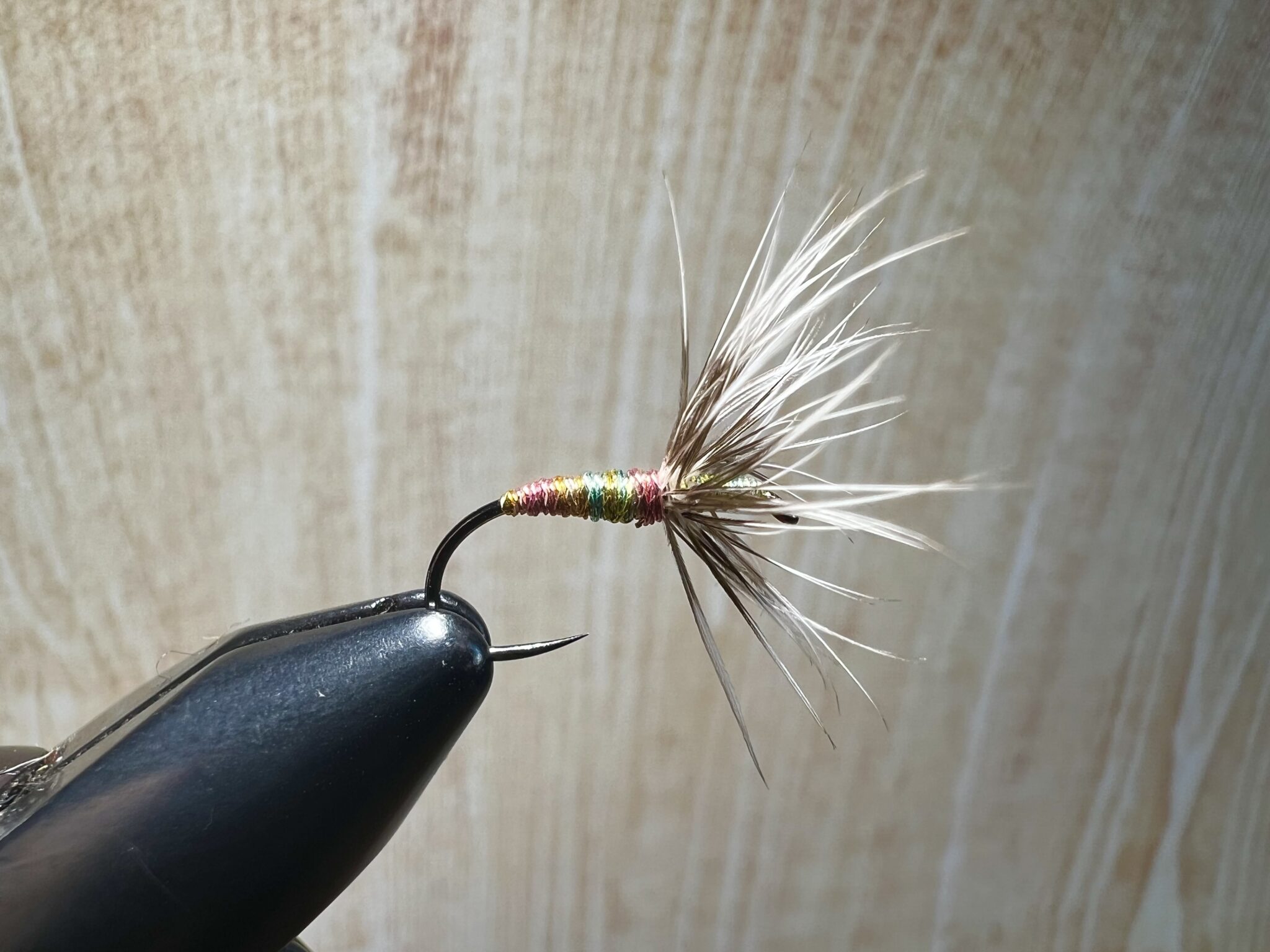
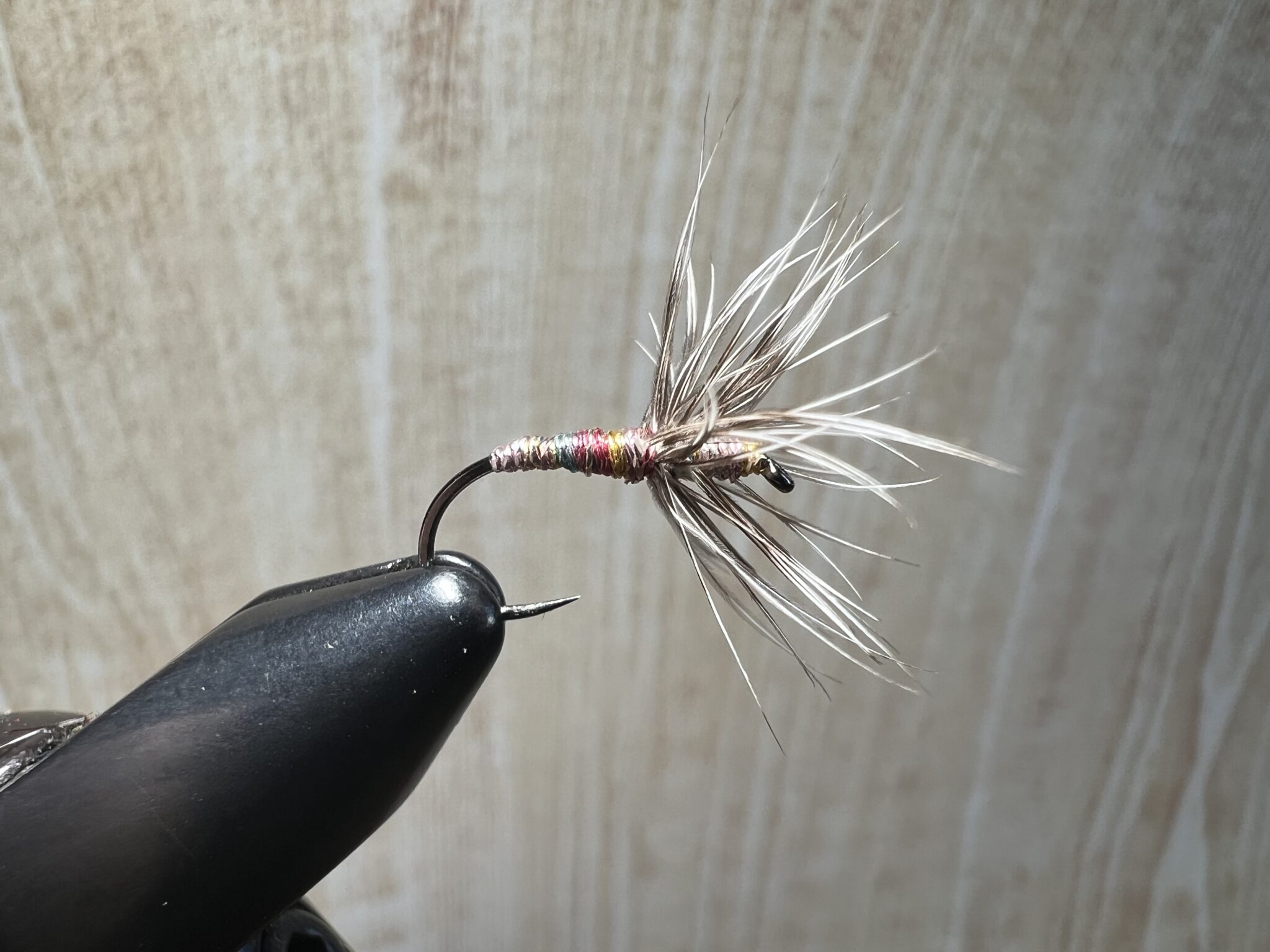
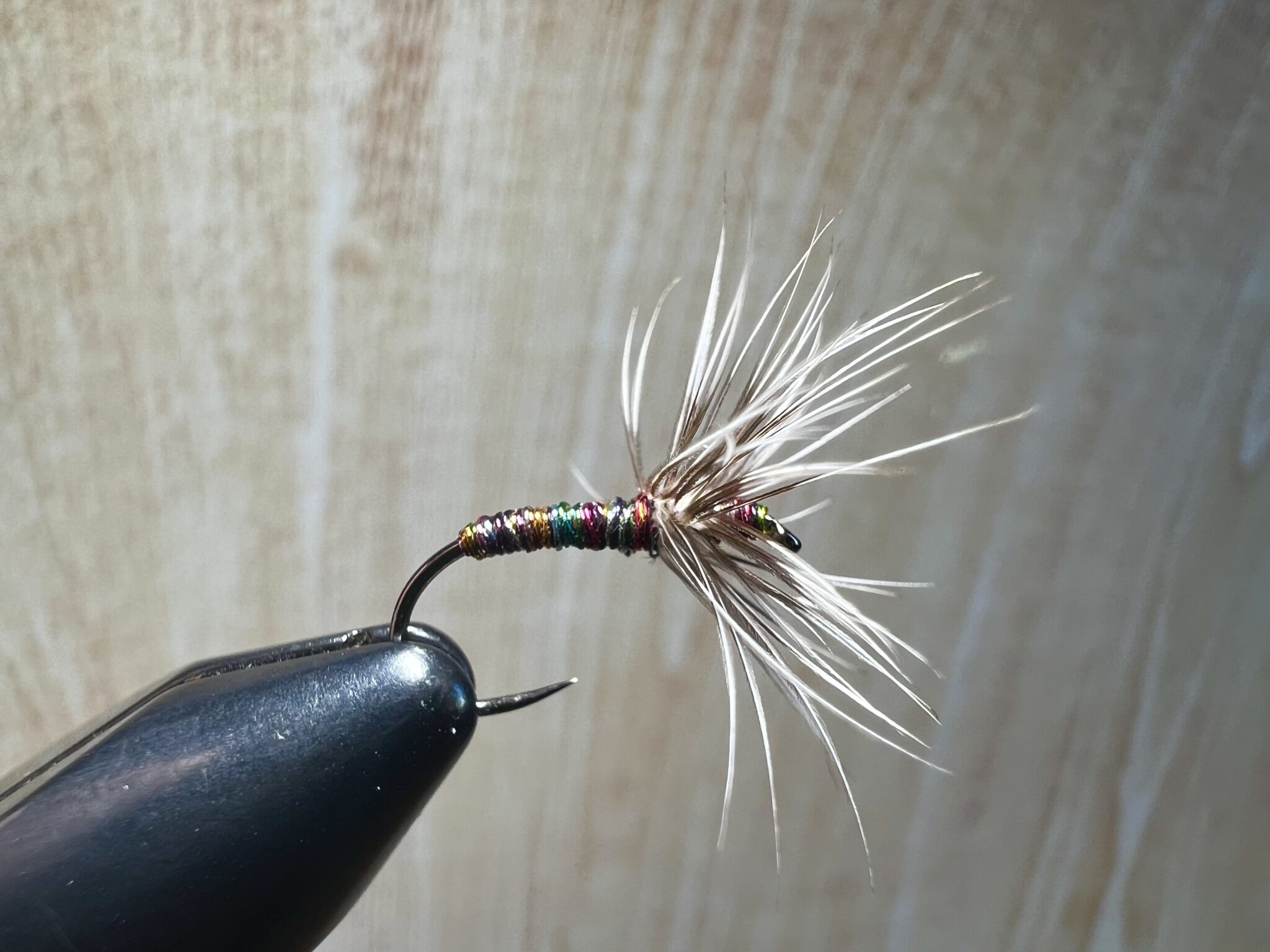
I give extra credit to patterns like this that are so easy to tie that they’re expendable and allow the angler to cast their fly into suicide missions without trepidation. This gives you an advantage over other anglers who aren’t willing to risk losing their $3 fancy fly and forgo the gnarly lairs where fish hide.
Any competent tyer should be able to tie one in under one minute.
Like a 007 agent, this fly is as expendable as it is deadly
Tying Notes
Since the thread usually comes on spools that don’t fit a typical fly tying bobbin, you need to re-spool it onto a more bobbin-friendly size. You can do this by hand but if you’re doing a lot, you can rig up a simple attachment for a cordless drill with a wing nut and a bolt to speed up the process.
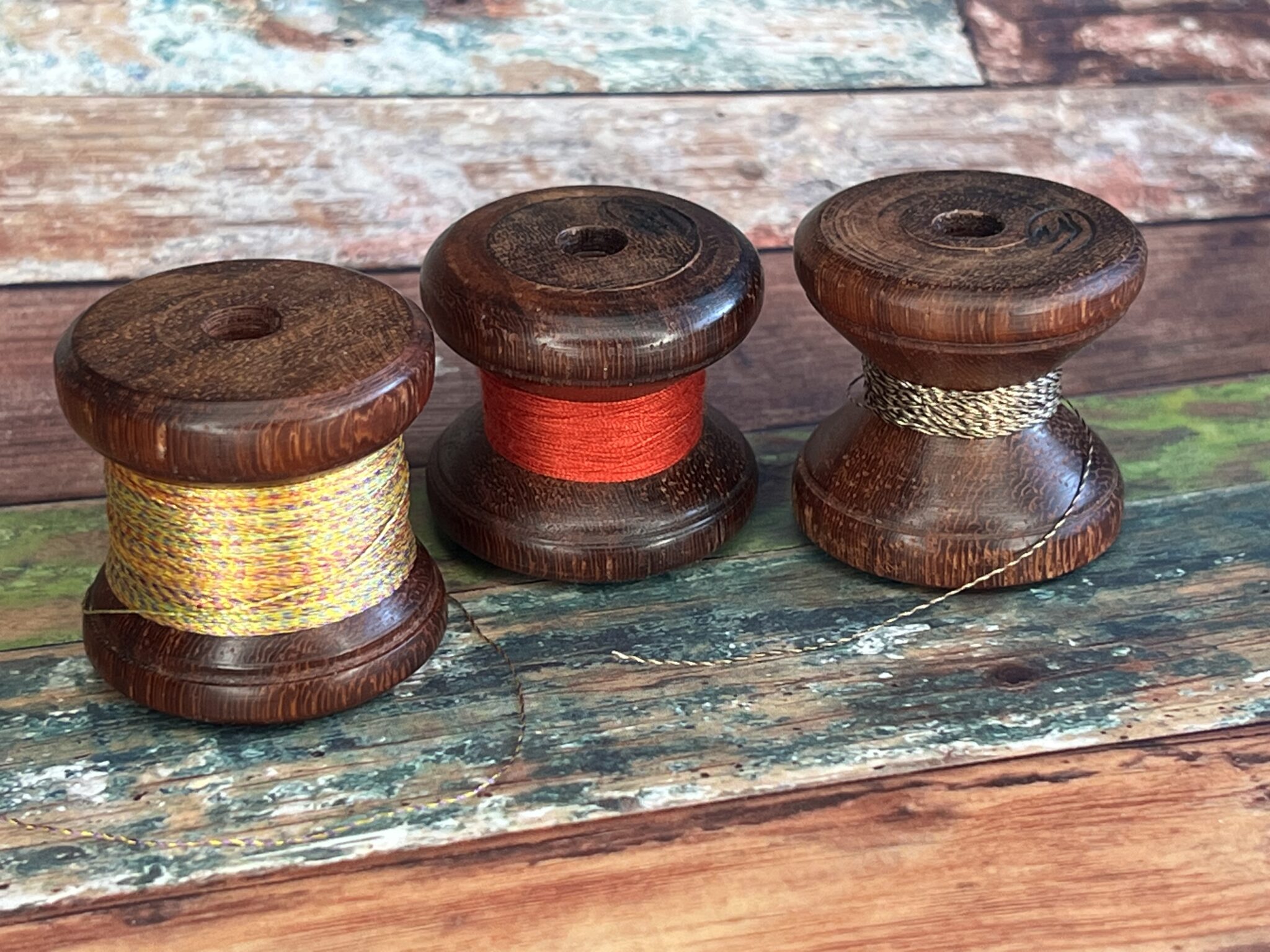
I use and recommend these handmade wooden spools form my friend Dennis of Tenkara Path. Not only are they gorgeous, but they turn incredibly smoothly with less start-up inertia than a plastic spool (plus, they never make that annoying squeaking sound). They’re available in a wide array of colors and wood species in the Tenkara Path Etsy store.
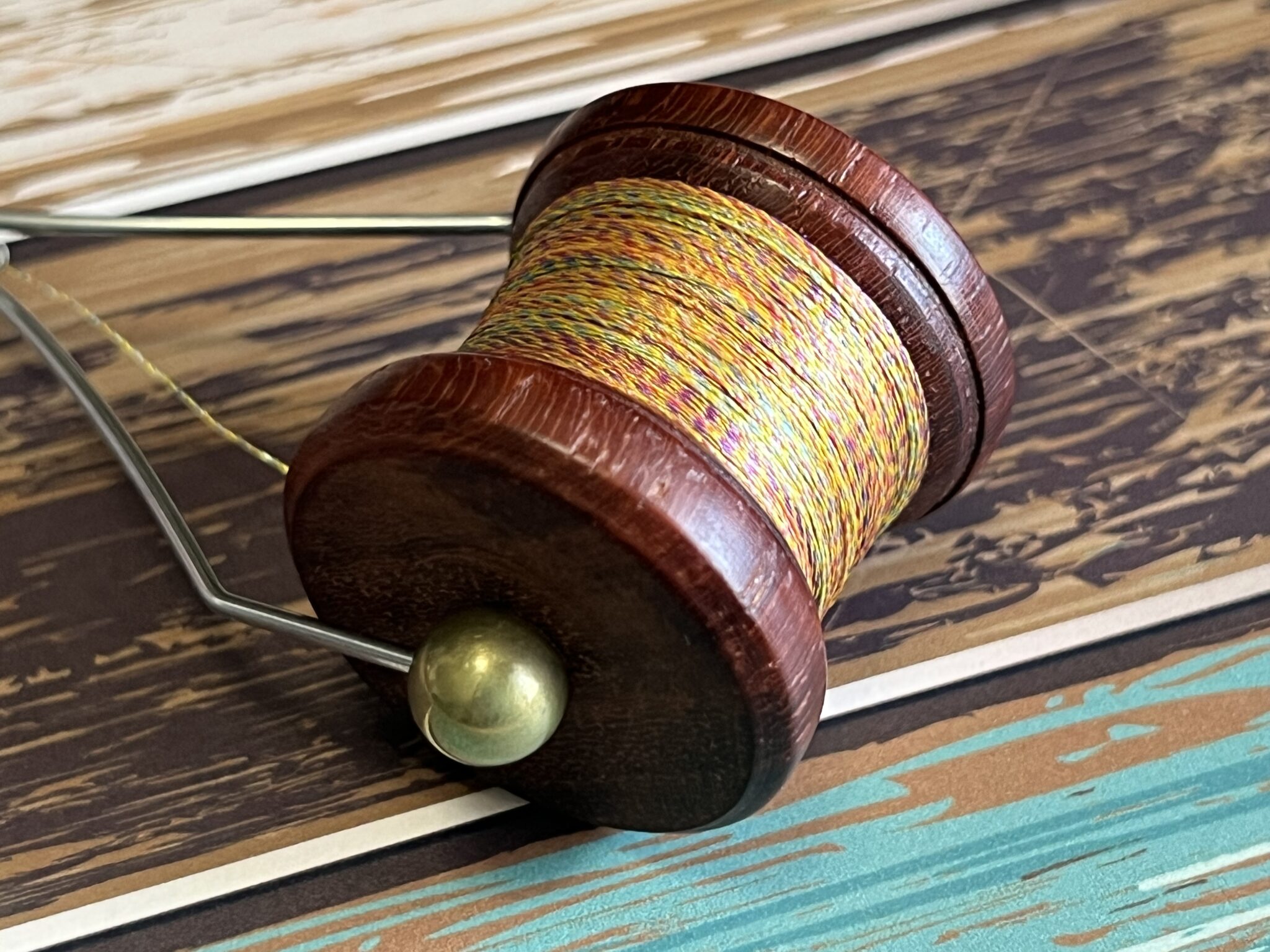
Color
I don’t use solid colored embroidery thread. If the body is going to be solid, I just use silk.
Embroidery thread’s real asset is that it comes in an amazing variety of variegated colors. When wrapped, the varying colors overlapping and blending give them impression of complexity which is one trigger that signals something floating by might be food rather than inedible flotsam like twigs or vegetation.
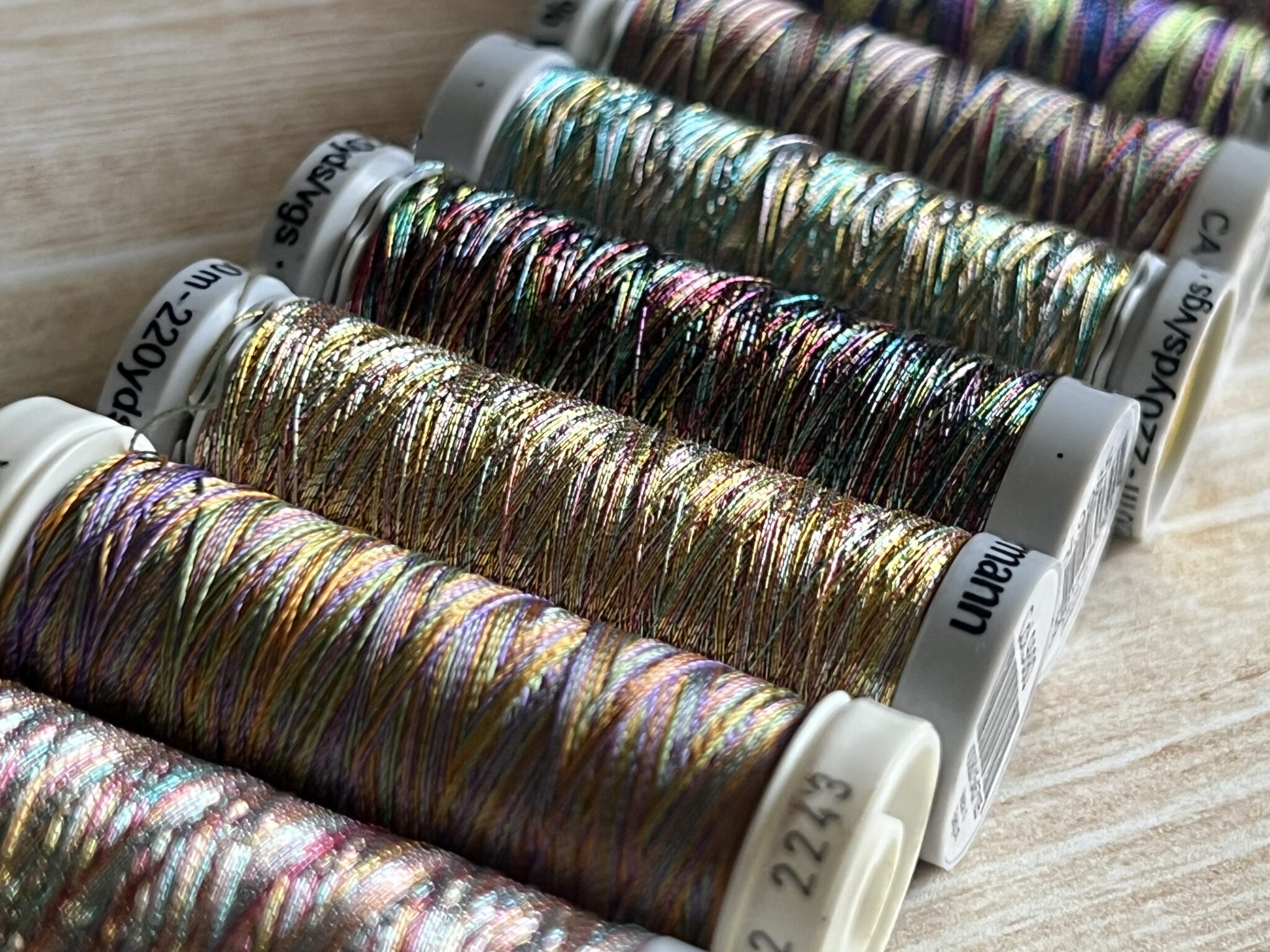
I prefer the metallic since I figure that adds some nice sparkle, but you can also get some great non-metallic variegated threads for a more subdued look. Either way, you’ll end up with something “buggy”.
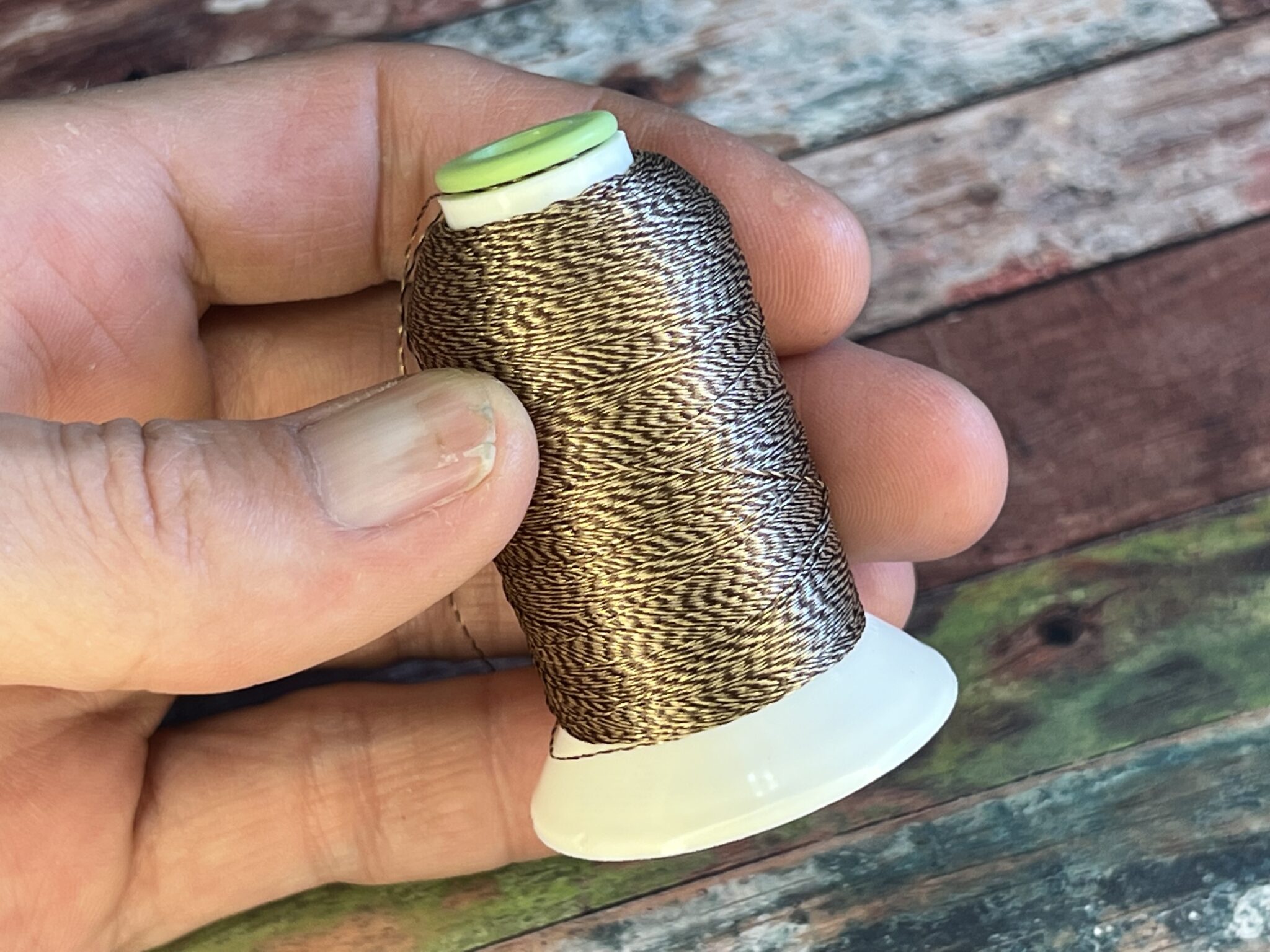
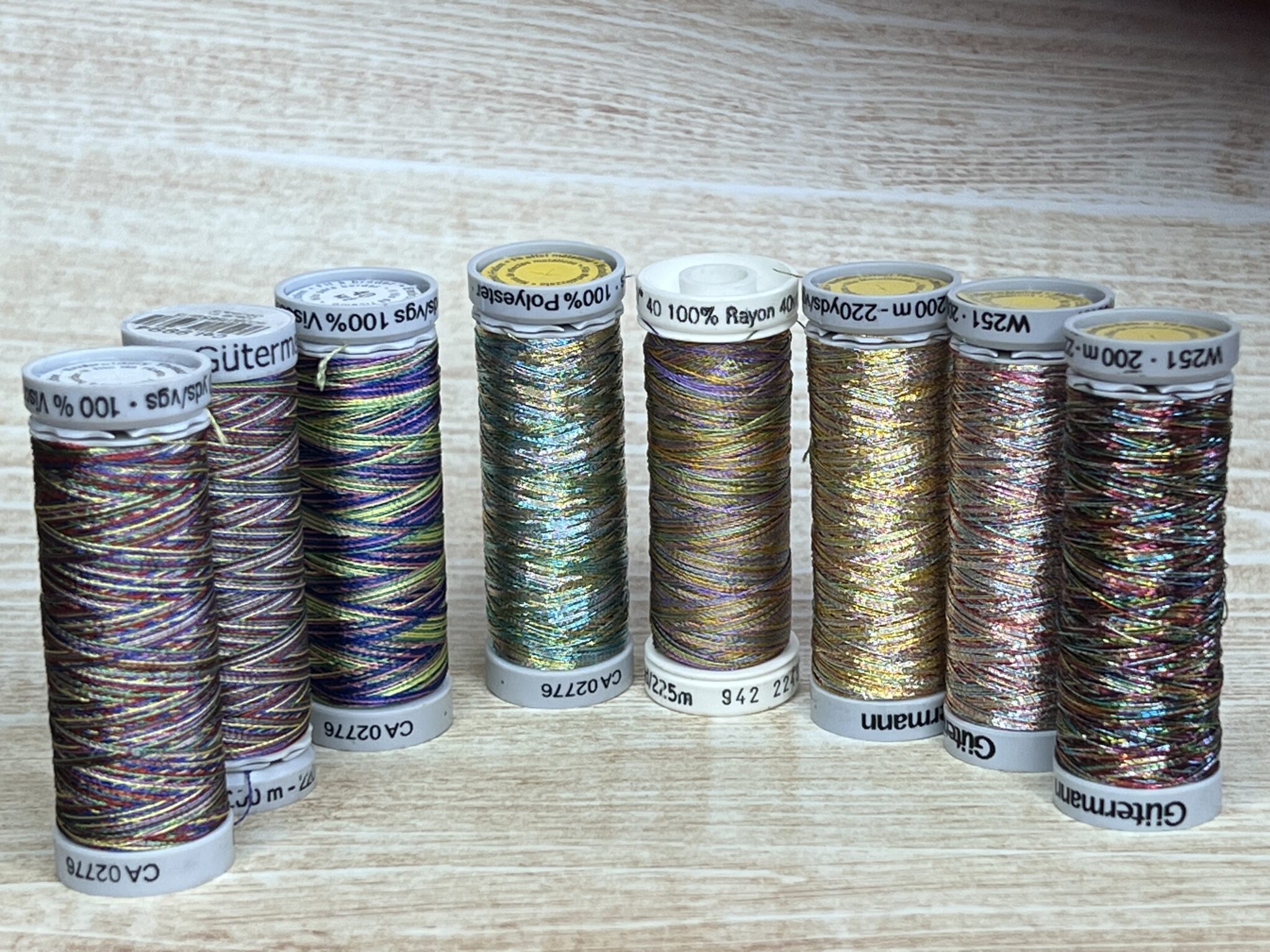
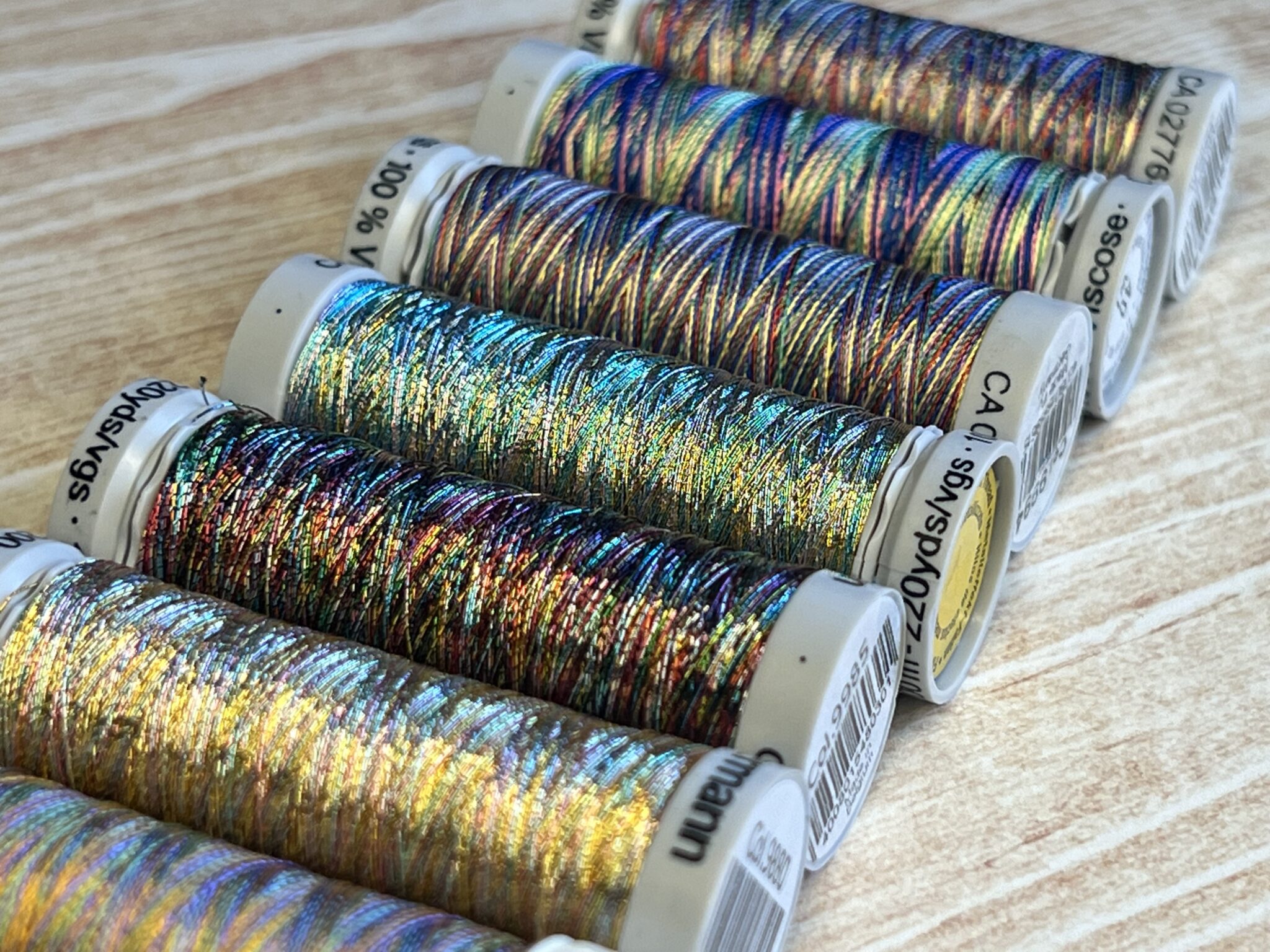
Hackle
For hackle, here I used Jungle Cock spade feathers (the wing feathers with a dark center and grey tips–not the yellow “nails” used for cheeks).
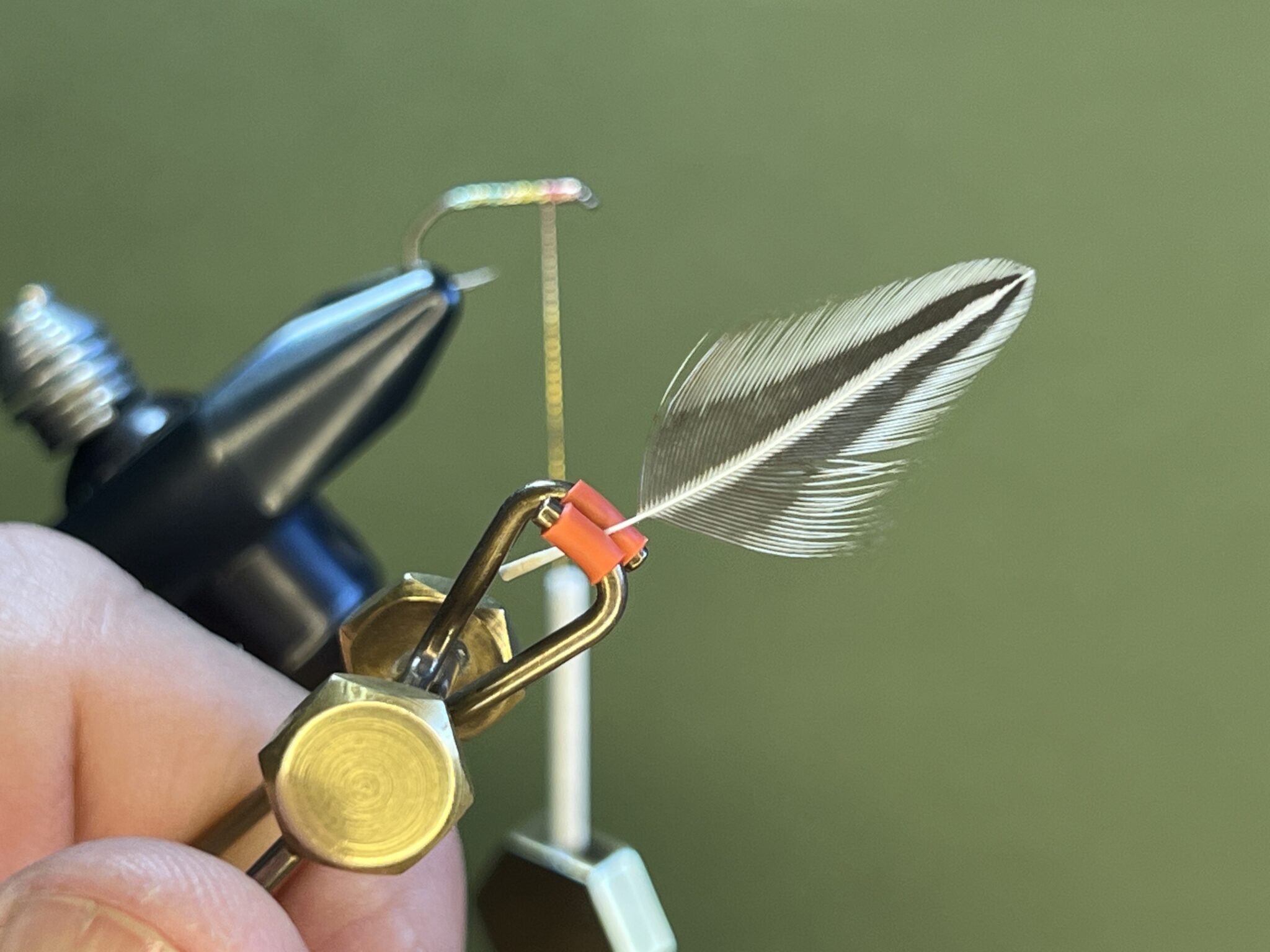
Jungle Cock Spade Feather
I imagine most tenkara tyers don’t have jungle cock on hand since it’s mostly for classic salmon flies and traditional wet flies, so a good substitute is Whiting Brahma Hen in silver badger. The idea here is to use something with a dark center. So, for example, if you were tying one with a predominantly brown color, furnace would be a good choice.
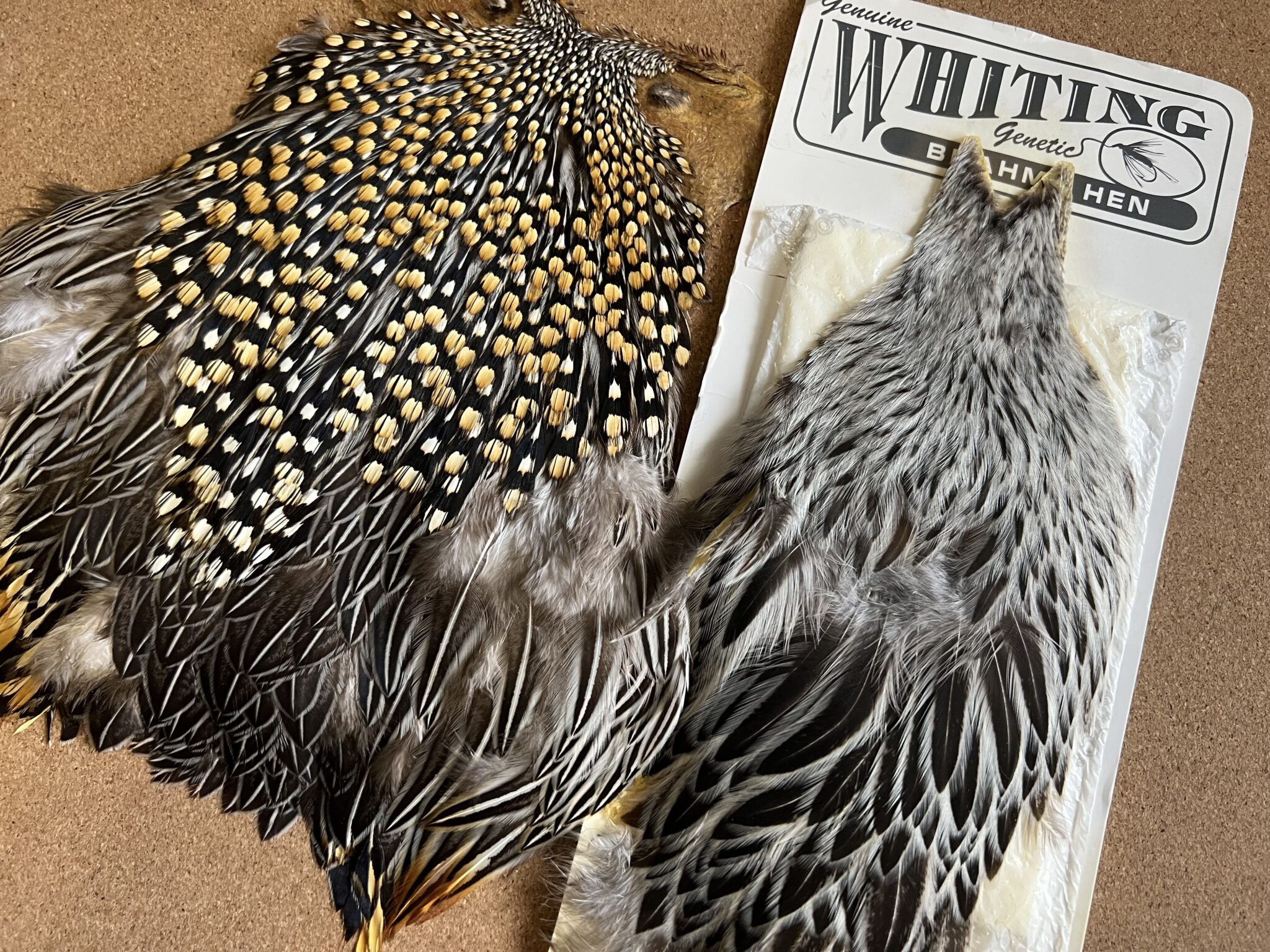
Of course, you can use any hackle you want. Personally, I think grizzly looks good pretty much across the board. But consider browns, gingers, duns, black, etc. to see what pairs best with the particular thread you’re using.
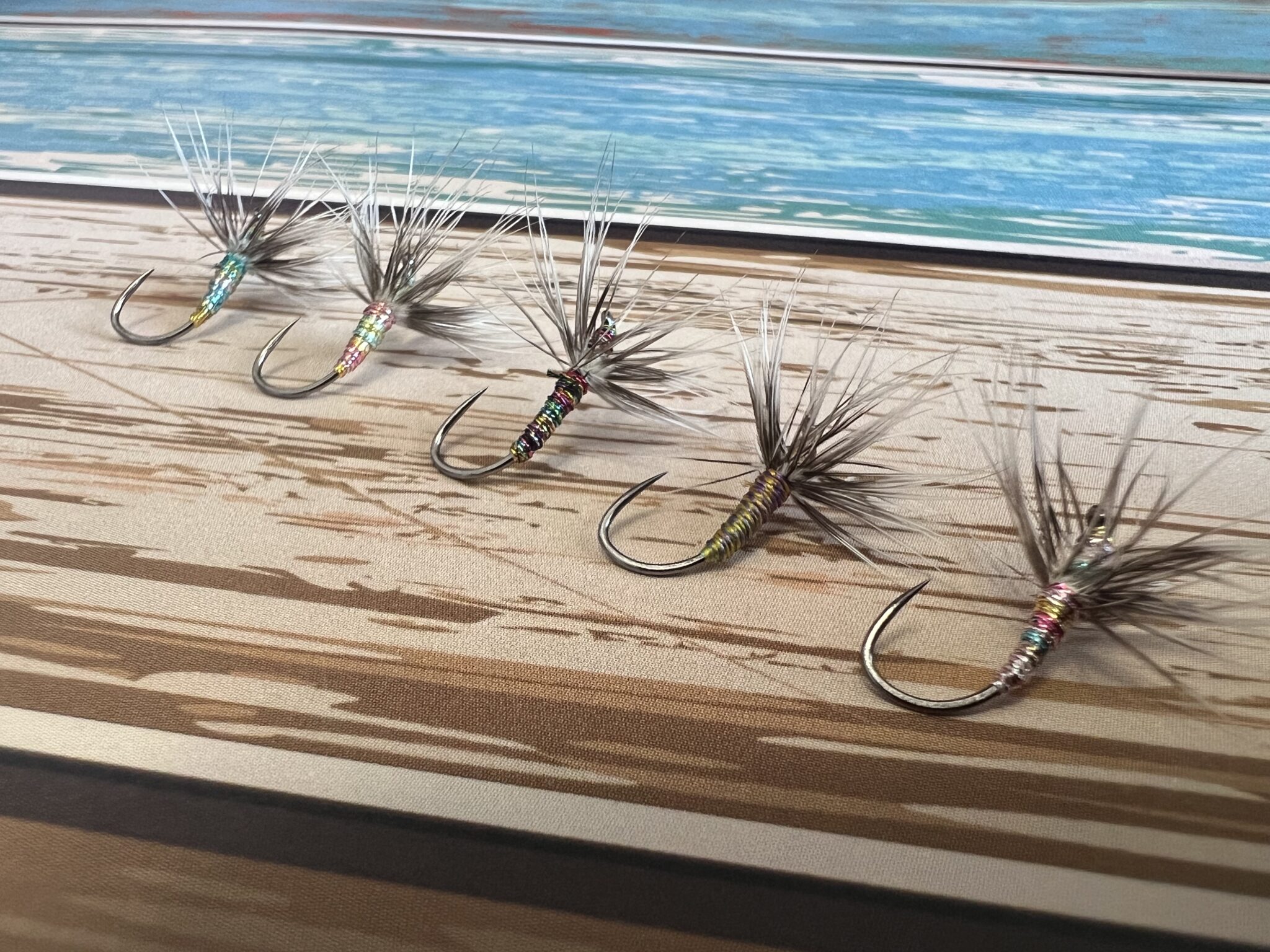
Like my simple yarn tenkara flies, these are further proof of just how uncomplicated a fly can be and still catch fish. If you’ve never tried embroidery thread, I highly recommend giving it a go. You may just end up with a new addition to your routine tying palette.








Interesting use of “Metallic or Variegated embroidery thread” I’ve used Variegated embroidery thread to furl some lines ……
Thinking out of the BOX 🙂
Hey Walter, did you use a machine or do it by hand? I’ve been playing around with hand twisting some line but I was using polyester. I never thought of embroidery thread. How does it cast?
12 foot 2 strand casted fine but the 12 foot 3 strand looked great but heavy to cast.
Machine Furled…… Have not tried to “Hand Furl”
Found Kevlar works really well….
I have kevlar too. I don’t have a machine so I’m limited to hand twisting. I tried it with silk thread and that didn’t work well. But I made one with PE line and it seems like it will work but I haven’t cast it yet. Too many experiments and not enough time!
Silk works but only if you finish the line by penetrating it with Boiled Linseed Oil, drying, and then burnishing with a soft cloth or chamois…. (Not Steel Wool)
https://www.goldenwitch.com/2016/03/22/making-silk-fly-lines/
https://www.goldenwitch.com/reference/Making%20Silk%20Fly%20Line.pdf
These are my sort of flies, being from the UK and Lancashire, I am very much a ‘spider’ enthusiast. I note your comments on hackles, may I suggest that any fly dresser does not overlook the cheap Indian hen capes,, eg., Furnace, Grizzle, Badger, etc . I also use crow, jackdaw, starling, in fact anything I can get. I also find that purchasing wings gives me access to the very small marginal covert feathers, which are perfect.
It has been a while since I last logged on to your website but I am pleased to see that you are as informative as ever.
Hi David, thanks for coming back! I don’t think anyone has forgotten hackle such as India hen or starling. I see it being used all over Facebook. I have a pile of India hen, but I don’t like them for sakasa kebari. I think their fibers don’t have as much movement as partridge or pheasant because the fibers are usually thicker. And you don’t get that natural curvature either. Will it work? Absolutely. But I much prefer pheasant or partridge and think they’re worth the little extra money.
Since you haven’t been here in a while, check out my new podcast series too if you haven’t seen it already.
Thanks for your comments Jason. To be honest I had never taken into account the natural curvature. It does make quite a difference, which is probably more important in a reverse hackled tied fly. I have just tried it. One is never too old to learn. Thanks.
Well like I said, it will work. But to me, it just doesn’t look good and flies much are more than just utilitarian tools to catch fish.
The flies looks very attractive, although it might be most probably easy tying…
Usually on the bottom of the spool. There is a number, and could also have some letters. That is usually the color code for that thread. Depending on the manufacturer. You may be able to look that up on line from the manufacturer .